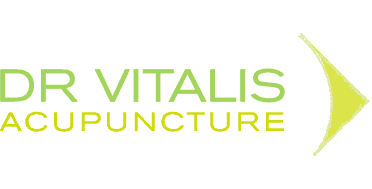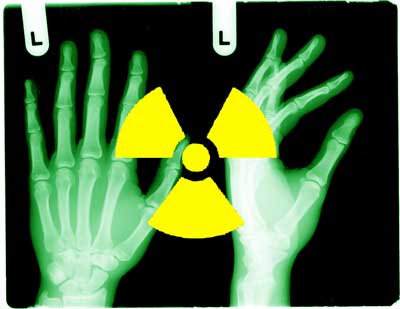CT scan radiation can equal nuclear bomb exposure
New Scientist reports that the radiation exposure a patient receives from a full-body CT scan is often 500 times that of a conventional X-ray and about the same as that received by people living 2.4 kilometres away from the centres of the World War II atomic blasts in Japan.
Introduction:
Medical technology advancements have led to more accurate diagnoses and effective treatments for patients. However, the overuse of certain technologies can have unintended consequences. Computed Tomography (CT) scans, for instance, are highly beneficial when used appropriately but can expose patients to dangerous radiation levels when ordered unnecessarily. In this blog post, we delve into the potential risks and precautions needed to ensure responsible CT scan usage.
The Hidden Risks of Overzealous CT Scans:
Radiologists have raised concerns about the increasing number of unnecessary CT scans, as the radiation emitted from these scans can be alarmingly high. In some cases, the exposure is equivalent to that experienced by survivors of the Hiroshima and Nagasaki atomic bombings. This raises questions about the potential long-term effects on patients subjected to such high radiation levels. A full-body CT scan can expose a patient to 500 times the radiation of a conventional X-ray, potentially increasing their risk of cancer by about 0.05%.
Why Are Unnecessary CT Scans Happening?
Several factors contribute to the overuse of CT scans. Time constraints and patient demands can lead doctors to rely on scans as shortcuts or reassurance tools, even when they may not be medically necessary. Additionally, the lack of adequate training on the risks and appropriate use of CT scans may contribute to the problem.
Taking Action: Ensuring Responsible CT Scan Usage
Recognizing the potential risks of unnecessary CT scans, organizations like the American College of Radiologists (ACR) and Magellan Health’s National Imaging Associates are taking steps to promote more responsible use of scanning technologies. Initiatives include flagging patients who have received too many scans and educating medical students on the proper usage and potential risks of CT scans.
ACR has also published a report outlining ways to address the excessive use of CT scanning. Recommendations include mandatory training for medical students and better public awareness of the risks associated with excessive scanning.
Conclusion:
While CT scans are undoubtedly beneficial when used appropriately, their overuse can have serious health implications. By implementing better training, public awareness initiatives, and responsible usage guidelines, the medical community can mitigate these risks and ensure that CT scans are used effectively and safely.


